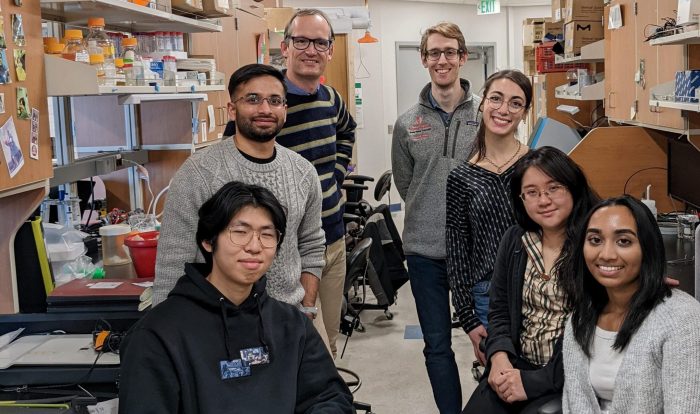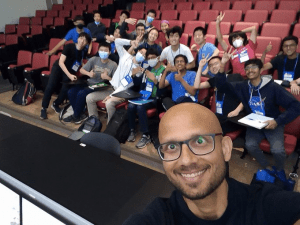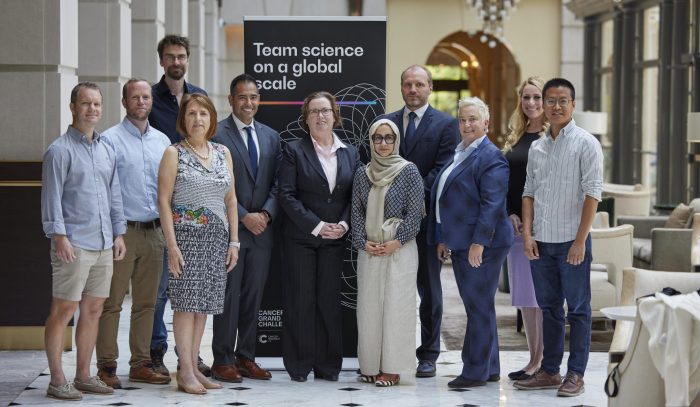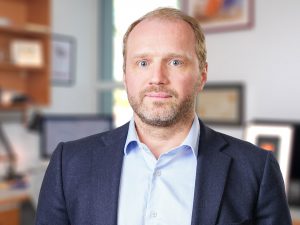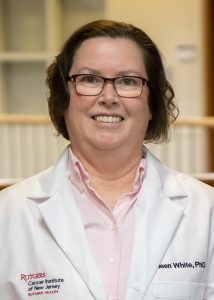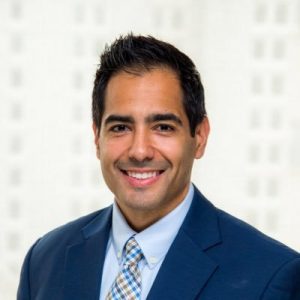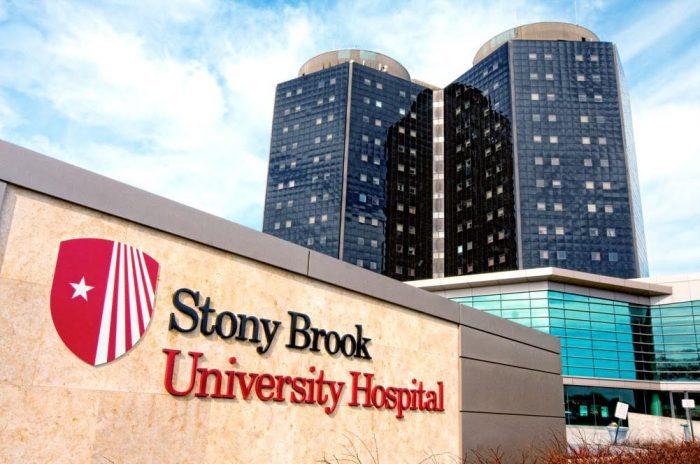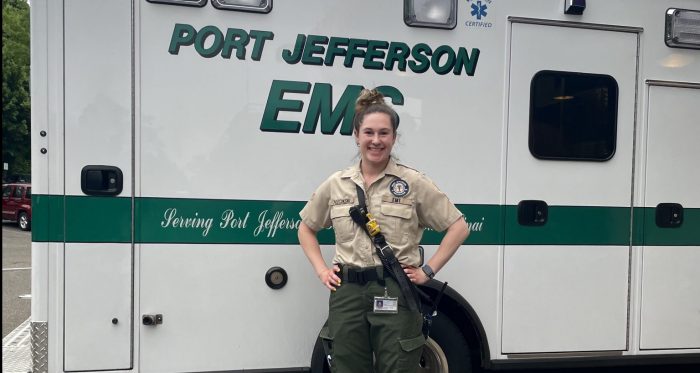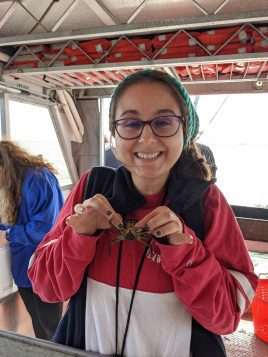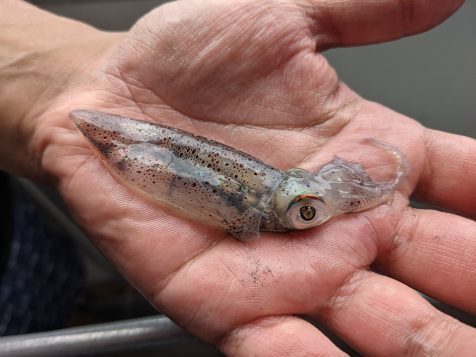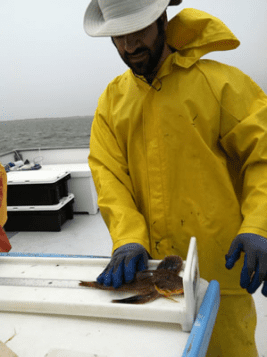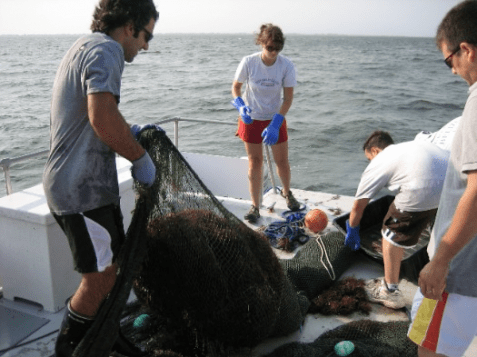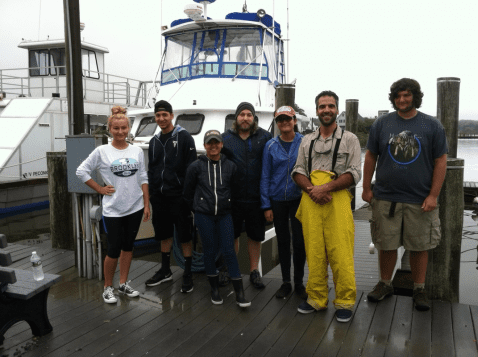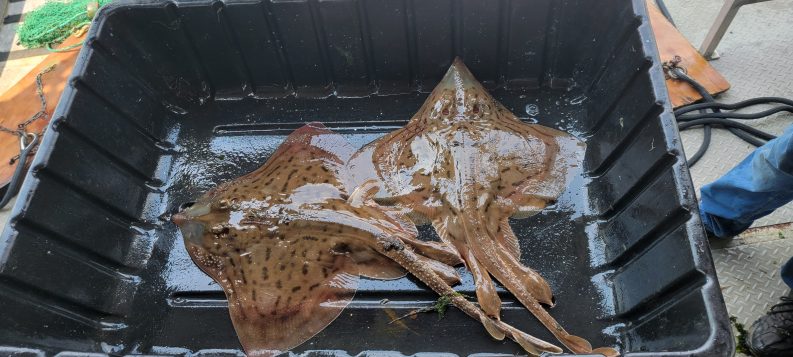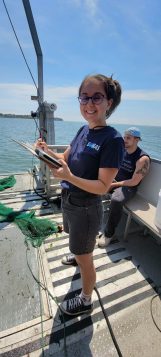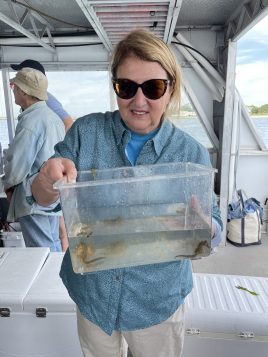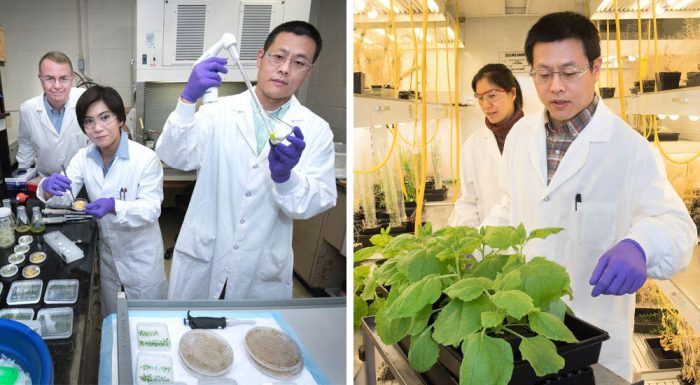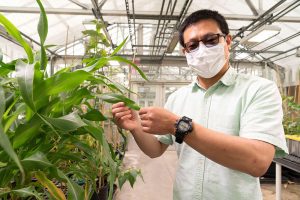By Daniel Dunaief
[email protected]
As medicine becomes increasingly personalized, Stony Brook University Hospital is planning to provide the kind of personal services and connections that they hope will benefit the Hispanic population.
With people identifying as Hispanic in Suffolk County representing 19.6% of the total population, SBUH is building a Hispanic Heart Institute, which the hospital anticipates will open in the fall.
At the same time, undergraduates at SBU have had an opportunity to take two new courses in Spanish Medicine that focus on the language and culture of health care for a population whose background, experience and expectations often differs from that of a New York system.
“A patient who is addressed in their own language, even though a speaker is not necessarily fluent or proficient, enhances the experience greatly,” said Elena Davidiak, lecturer at the Department of Hispanic Languages and Literature at Stony Brook University. Davidiak teaches two Spanish Medicine classes at Stony Brook that she created for the university.
At the same time, Dr. Jorge Balaguer, associate professor of Surgery at the Renaissance School of Medicine, plans to create a Hispanic Heart Program that fills an unmet need to help cardiac patients of Hispanic descent learn about insurance, understand their medical options, and increase their connection with their health care providers.
The incidence of some forms of cardiovascular disease, which is the leading cause of death among the overall population, is even higher among Hispanics, according to a website created by Stony Brook that describes heart disease among Hispanics and Latinos.
For many people whose first language is Spanish or who come from a family with a strong Hispanic cultural identity, the connection to the health care system may be tenuous, making it difficult to navigate through the system, find the best care or advocate for their needs.
“There is a lack of follow up,” Balaguer said. “The whole health care maintenance is compromised. When you combine a [different] education, with a vulnerable situation, the Hispanic population doesn’t have the same medical safety net.”
Balaguer would like to add a full-time employee in the cardiology department who could answer questions in Spanish, help with insurance and various forms and field questions throughout the process of receiving heart-related care.
Cultural differences
Beyond the language barrier that could impede communication with Spanish-speaking patients, Balaguer and Davidiak suggested cultural differences could also affect the outcome of a medical interaction.
As an example, Balaguer suggested a general cultural phenomenon in Argentina where people don’t speak directly about the patient.
Rather, he said, the process of communicating is similar to the Billy Crystal, Robert DeNiro movie “Analyze This,” in which DeNiro’s character talks about a “friend” when he’s describing himself.
“You talk about someone else rather than the patient with the problem,” Balagauer said.
Hispanic patients sometimes have their own views on health care and their destiny, Davidiak said. Using the Spanish word “fatalismo” for fatalism, Davidiak described how some patients may believe their destiny is “somewhat predetermined.”
Health care providers need to take into account a patient’s beliefs, which affect the partnership between patient and doctor in developing an effective treatment plan.
In most American medical interactions, the culture is “businesslike and to the point,” Davidiak said. Many Hispanic cultures, however, expect a “warmup period,” which involves a more personal interaction.
In developing an interview project called “Understanding the Hispanic Patient” funded by the Faculty of Arts, Humanities and Social Sciences at SBU, Davidiak heard numerous anecdotes in which people of Hispanic origin felt that their doctors didn’t see or hear them.
In one such interview, a pediatrician said a son’s eye color, which was blue, would change because “all Latino people have dark eyes.”
The mother, who was sitting in the room, has blue eyes.
“She felt she was not being seen at all,” Davidiak recalled. She wondered if the doctor was “going to do the same thing when taking care” of her son.
Class lessons
Courtney Trzcinski, a junior majoring in health science, was a student in Davidiak’s Medical Spanish class.
An emergency medical technician in Port Jefferson and St. James with plans to be a physician assistant, she has had patients as an EMT with whom she struggled to communicate.
Trzcinski, who studied Spanish from 8th to 11th grade at Mattituck High School, recounted an incident in which she was responding to a woman who was having medical complications after she had her tonsils removed.
“I was trying to tell her to breathe in through her nose and out through her mouth,” Trzinski said. Her Spanish didn’t match the need.
“Now that I’ve taken Medical Spanish, I know how to say ‘inhale,’ ‘exhale,’ ‘medications’” and other relevant terms, Trzcinski said.
A direct translation, she discovered, also doesn’t work, as the people she interacts with translated what she said literally.
Trzcinski, who has been an EMT for two years, said she feels more confident in interacting on the job in Spanish.
Volunteers welcome
As for the heart program, Balaguer is thrilled to have the support of Leshya Bokka, a rising second-year medical school student who is also earning her master’s in public health.
Bokka sees the Hispanic Heart Program as a “great way to bridge my interest in working with minority populations and trying to get involved in doing some things for the community.”
Coming from a family that immigrated from India, Bokka understands the language and cultural barriers that might prevent people from getting quality health care.
“We are also trying to set up health screenings to connect patients to our program,” she said. She urged residents to reach out by email to receive directional guidance at [email protected].
The program is trying to recruit medical students and anyone “willing to come help,” she said.
Balaguer said he is working with recruiting bilingual volunteers and Hispanic Language and Literature students with advanced command of the language for internships in the program. These volunteers could serve as Hispanic patient concierges, among other roles.
Bokka recognized that this kind of service could be valuable to other underserved populations as well.
“The health care system is incredibly complex and cryptic and confusing,” Bokka said. “Everyone could benefit from having a service like this to guide them.”
She said she hopes this becomes a framework for other departments and that other communities can also forge a language and cultural connection.
The goal is to “make patients more comfortable when they’re in a hospital,” Bokka said, which can be scary, expensive and confusing. The program wants to make sure people can “voice their concerns and walk away with care that works.”
Measuring success
The Hispanic Heart Program will measure its success in a host of ways. The hospital can compare the number of Hispanic patient visits to the hospital and in outpatient clinical settings during the first trimester after launching the program compared with earlier periods, Balaguer said.
It will also compare the number of procedures done on patients.
Through surveys, the hospital can determine patient satisfaction with the Hispanic Patient Concierge program.
The hospital can also determine the number of patients who obtain insurance.
On a financial level, the hospital can determine if the patients in the program provide profits and losses, while also factoring in donations and grants.
As for students, the program can consider the academic production of students who contribute to this effort as a part of their education.
Balaguer believes that these efforts will “help mitigate disparities” in health care.



